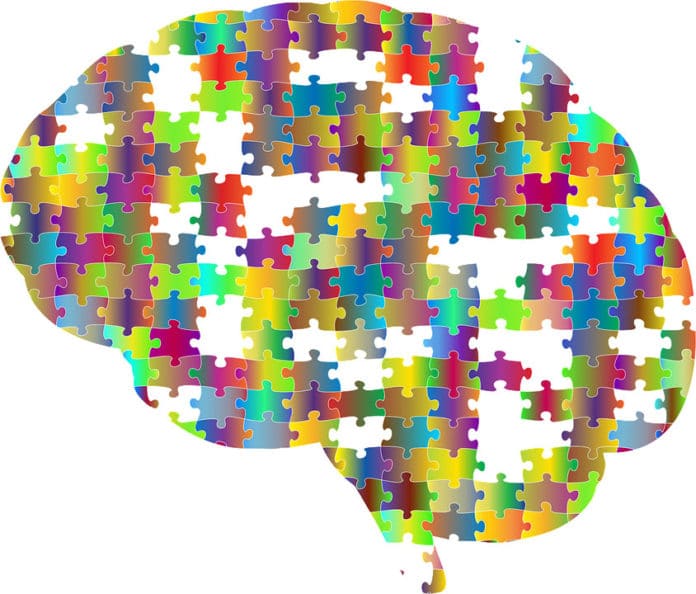Neurobiologists from the University of California have recently discovered a key component of how the human brain marks time. For this work, they took little help from HBO’s ‘Curb Your Enthusiasm’.
Scientists identified a new network of brain regions involved in these processes, confirming in humans the results of rat studies reported last summer by Nobel laureate Edvard Moser and colleagues, who pinpointed the nerve cells in the same areas that give each moment a distinctive signature.
According to scientists, the discovery could help them get details insight on dementia, as these temporal memory regions are the first to experience age-related deficits and also show some of the first pathological hallmarks of Alzheimer’s disease, most notably tangles.
For the study, scientists used functional MRI or fMRI on college students watching the popular TV show. They captured the processes by which the brain stores information related to when events happen, or what is known as temporal memory.
Scientists found that when subjects had more precise answers to questions about what time certain events occurred, they activated a brain network involving the lateral entorhinal cortex and the perirhinal cortex.
These regions, in particular, surround the hippocampus and associated with memories of objects or items but not their spatial location.
Michael Yassa, director of UCI’s Center for the Neurobiology of Learning & Memory said, “The field of neuroscience has focused extensively on understanding how we encode and store information about space, but time has always been a mystery. This study and the Moser team’s study represent the first cross-species evidence for a potential role of the lateral entorhinal cortex in storing and retrieving information about when experiences happen.”
“It’s worth noting that his group published another report last year in Neuron showing that the lateral entorhinal cortex is dysfunctional in older adults with lower-than-average memory performance. That study did not test memory for a time but rather discrimination memory for similar objects.”
Most studies examining time in the laboratory employ static objects on a computer screen, Yassa said, but they tell very little about how the brain processes information in the real world. This is why the UCI study used “Curb Your Enthusiasm,” a situational comedy that mirrors real life, as it involves people, scenes, dialogue, humor, and narrative.
“We chose this show in particular because we thought it contained events that were relatable, engaging and interesting,” he said. “We also wanted one without a laugh track. Interestingly, while the show is hilarious for some of us, it did not seem to instigate a lot of laughter among the college undergraduates we tested – which was excellent for us, as we needed to keep their heads inside the scanner.”
The study was supported by grants to Yassa from the National Institute of Mental Health and the National Institute on Aging.
The study is highlighted in the journal Nature Neuroscience.
